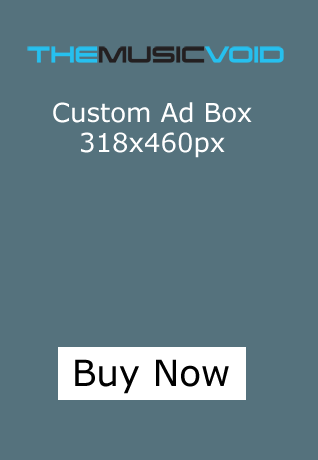Literally, every man and his dog within the recorded music business is in a fever pitch talking about how advertising funded models are the way forward. With the likes of Blyk, myspace music store, muzu, We7 and numerous others advocating this new model, perhaps they are right? The real test is though, is whether music fans will actually be prepared to sit through advertisements before having access to listen to a track they like. Furthermore, are the models commercially viable in the long-term both for the labels and the artist?
Earlier this week I was in attendance at a digital music event for the independent sector. The panel focusing on advertising funded models contained five proponents and one label. The models were varied yet all had similar commercials in terms of a revenue share split after costs. One model revolved around listening/viewing an advertisement and then having access to a one off stream of the music (We7) pay with “money or time”, another discussed the benefits of top and tailing video or audio on each track and once viewed the fan owns the track yet it is Windows Media DRM’d (Spiral Frog). Myspace is a straight play on banner advertising where the label receives a percentage of all advertisements displayed on its catalogue of artist’s pages.
All proponents of the ad-funded model are always pushing the line that as it is ad-funded it will be free to the consumer and hence will help curb P2P file sharing and piracy. Are you telling me that a teenager who normally goes to their favorite torrent site and rips all the tunes they want for free, is going to be incentivised to go to a site and have to view or listen to ads before having access to their tune? I would state if anything this is just placing another barrier other than DRM in front of them, which in turn actually de-incentivises the P2P file sharer.
I asked the question who in the audience at this conference would be prepared to view/listen to an advertisement to have access to a free track? Only 15 – 20 percent of the audience half-heartedly put their hands up. In my mind at an industry conference if there is such a low percentage of industry personnel actually buying into an ad-funded model, my suspicion is that the percentage will be a lot lower with music fans on the street.
At this conference, Simon Wheeler Director Digital at Beggers Group stated that if the businesses pushing the ad-funded model cannot even afford to license the music from the ad-funded business model what is the point of a revenue share? In my mind this is a key point. If an ad-funded model does not generate enough income to enable the business to license music, than what incentive is their for a label to agree to a revenue share, as their income derived is obviously not going to be sufficient? How can these businesses expect labels to accept lower than traditional fees for the music to support a business model that on face value seems to be unsustainable.
So what are the commercials (no pun intended) like in terms of payment to labels and further down the chain actual artists? If you look at the myspace model all advertisements are purchased on behalf of brands by media agencies usually on a CPC or CPM model. These models usually purchase advertisement impressions on the website based on £8 – £10 per 1000 ads served. After costs an ad-funded business offering a labels music for free expects labels to accept a revenue share. This would realistically leave labels with a maximum of £3 – £4 per 1000 ads served on their artist’s page and this would usually translate to 5000 – 1000 song listens.
So what would an artist receive from such ad-funded deals? Generally an artist in the major label category would receive a 16 percentage royalty before producer and packaging deductions an that’s if they are lucky enough not to have they royalty halved because the label deems digital to be ‘new media’. So 16 percent of say £4 would equate to £0.64 pence to the artist before deductions for 1000 downloads or streams of their song. Understandably many labels are reticent to accept such a model, quite simple due to their unsustainable economic models.
At present this in my mind is a serious stumbling block. Until advertisers are willing to pay higher rates in the digital age for targeted advertising where free music is provided to the end consumer, these models are destined to failure. If anything I view such ad-funded models as a further devaluing of what music offers to the fan and is to the business. To date it is clear that the numerous different subscription models have not been the boon industry wanted, and so I ask the question, will ad-funded models be any different?


